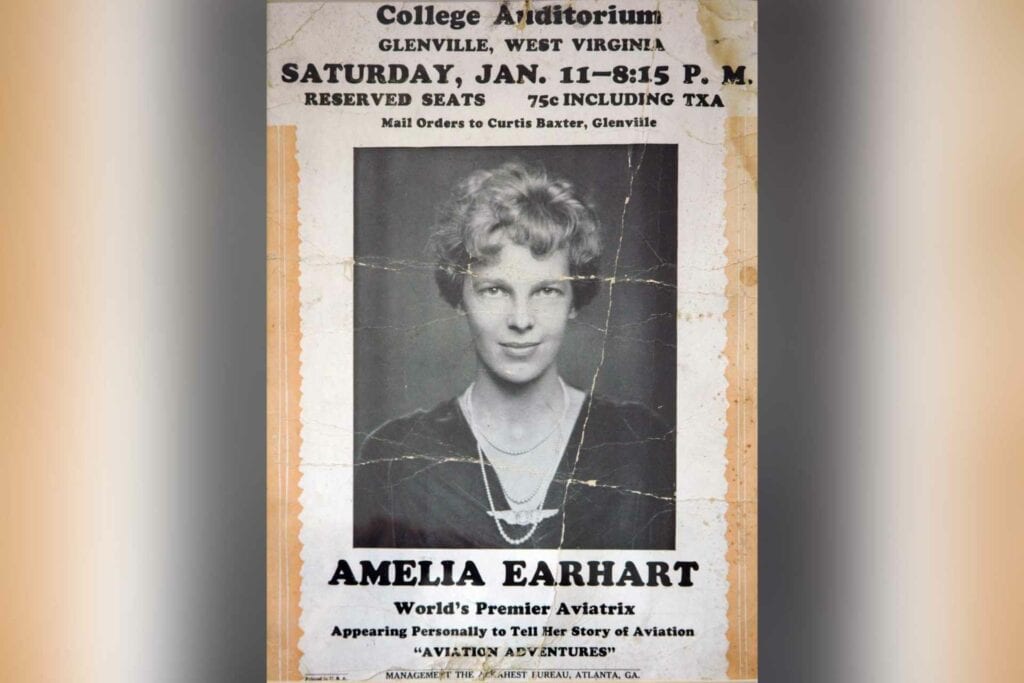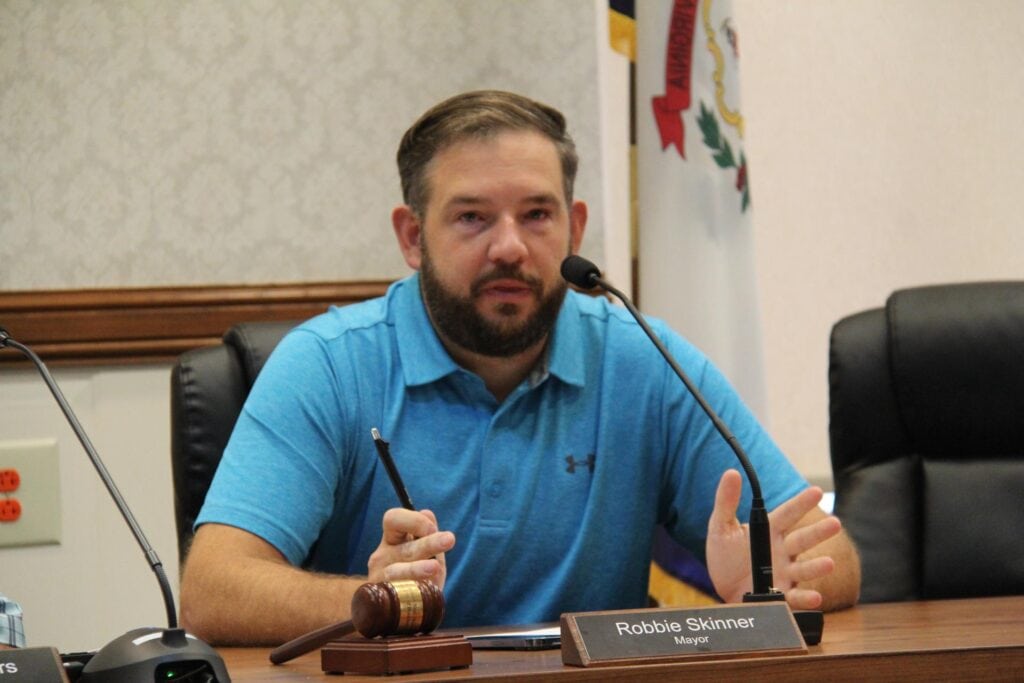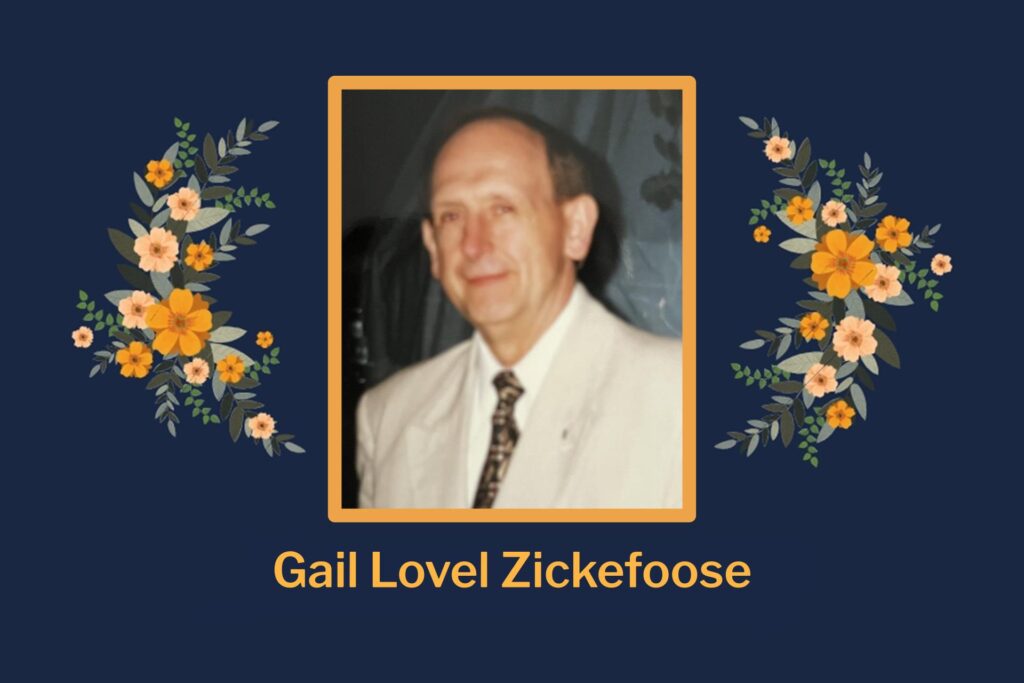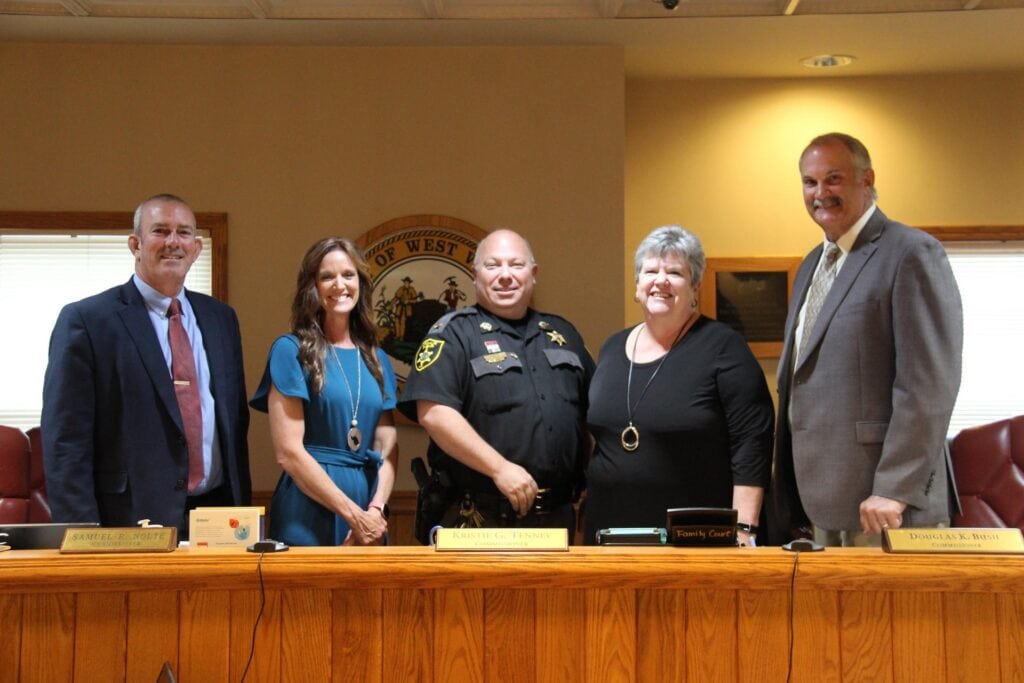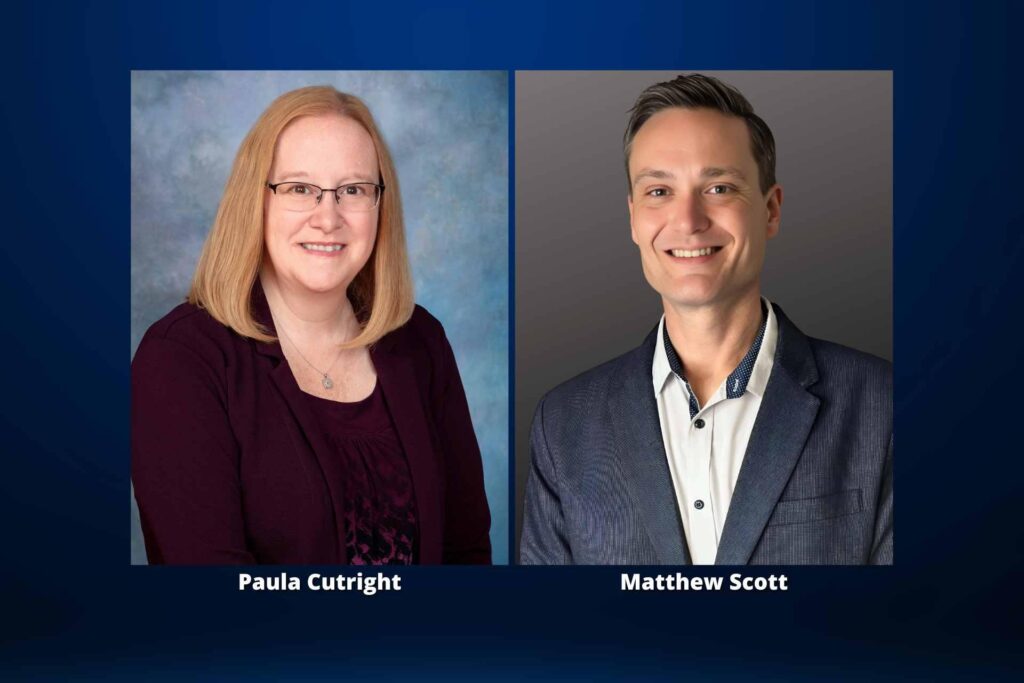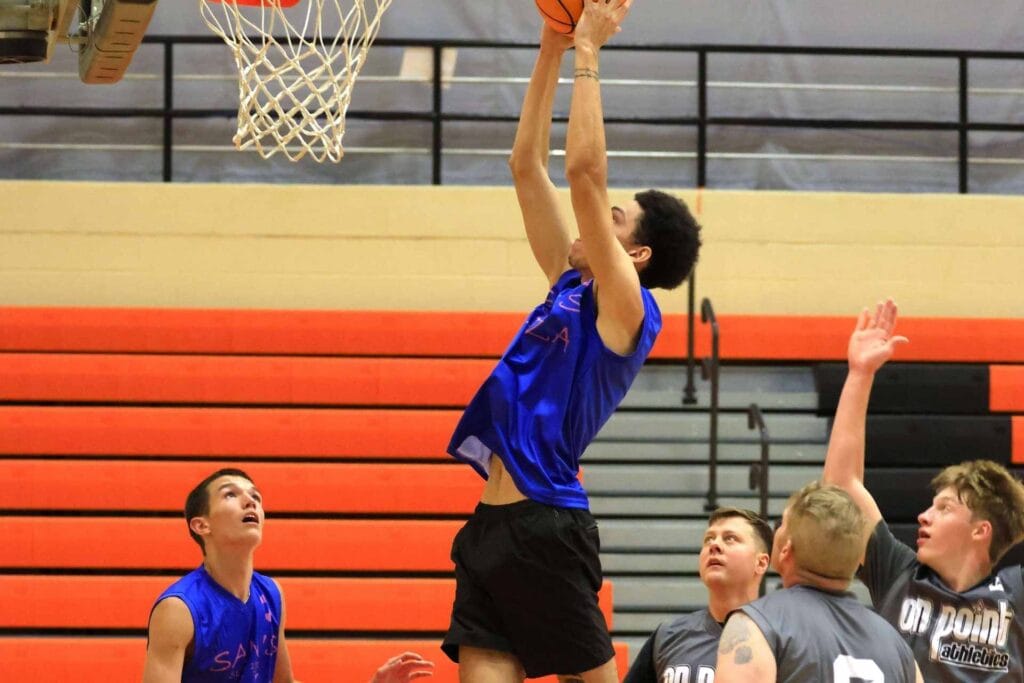GLENVILLE, W.Va. – Amelia Earhart is not only a famous figure in American history, she is also one of Glenville State College’s most famous visitors. When Earhart came to the campus of then-Glenville State Teachers College in 1936, her presentation on “Aviation Adventures” captivated audience members.
On January 11, 1936, just a year and a half before her disappearance during an attempted around-the-world flight, Earhart visited Glenville State College. She gave a lecture in the Administration Building Auditorium and was welcomed by more than 700 people.
The night of her visit to Glenville State coincided with the one-year anniversary of her famous Honolulu-to-California air voyage, a flight that cemented Earhart as the first pilot to make the transoceanic journey solo.
According to the Glenville State student newspaper, Earhart spent much of her lecture describing the 3,000-mile solo hop from Hawaii to California the year prior. Lloyd Metheny, president of the student council, introduced the aviatrix to the eager, overflowing auditorium. According to the late Evelyn (Elder) Elliott of Washington, D.C., “People were standing because there was nowhere to sit.” Elliott, who graduated in 1936, called Earhart’s visit “an event never to be forgotten.”
Many attendees commented on Earhart’s clothing. Local papers vividly described her attire. “Miss Earhart wore an informal gown with a brown net skirt, bolero satin jacket with an egg-shell satin collar, and bow to match.” She captivated the audience with her individual smile and held attention with her interest in the subject matter. She would often interject with “unrestrained humor” and was noted as a “delightful speaker.” The late Glenville State alumnus Jeniver Jones of Gassaway, West Virginia said, “She was a good speaker, very affluent. She was a very nice looking lady as well.”
“The question most often asked of me is ‘Why do you do such things?’” Earhart said. “My reply is simply this – my own desire to fly; I believe that each successful flight I make builds faith in aviation. I am interested in seeing air travel a modern means of transportation.”
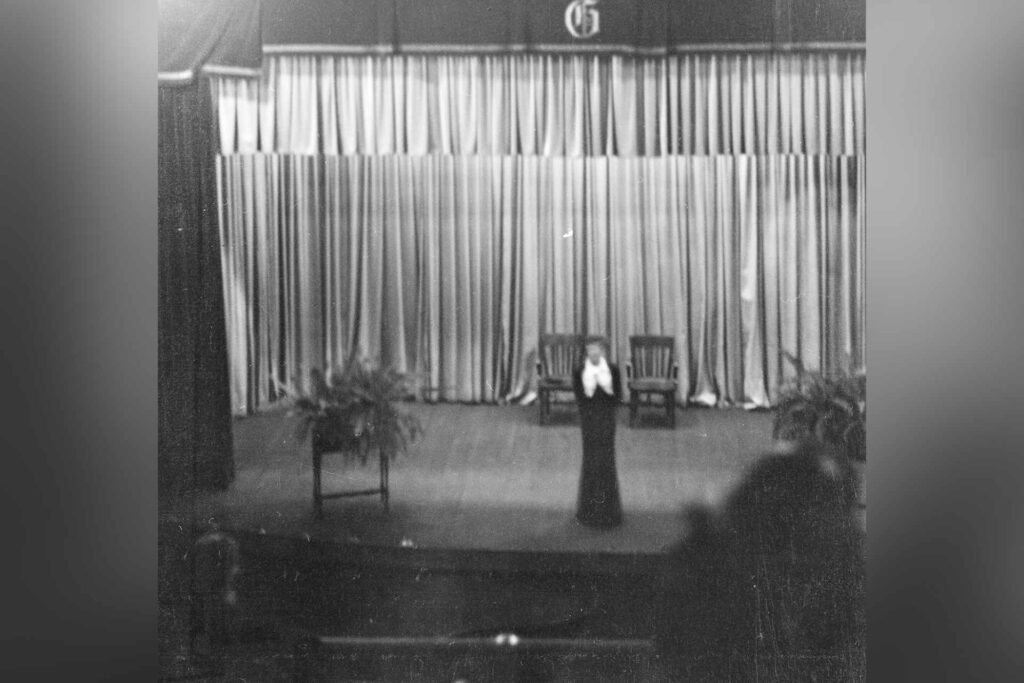
Earhart directed her remarks to the women in the audience and urged them to “get out of your own sphere and do for yourselves what men have done for themselves.” She also expressed her belief that women were rapidly changing their views regarding airplanes. “Thirty percent of all passengers on commercial airlines today are women,” said Earhart. “Don’t worry about flying and don’t try flying until you have reasoned with yourself, until you have reckoned with the risks to be taken and have succeeded in overcoming those risks. To worry retards action and makes clear-cut decisions impossible,” Earhart advised the audience. She also informed the audience that speed is the most important factor in overseas flights or long over-land voyages. She did, however, caution against speeding in automobiles, saying that “one should get into the air when one wishes to travel safely at more than forty-five miles an hour.”
The late Janice (Morgan) Hall of Frametown, West Virginia was an eager student attending the historic event. When speaking about the experience several years ago, Hall said, “I remember there were quite a few people there. She (Earhart) was a petite, nice looking lady.” Hall added, “I was really impressed. What she was saying was very big at that time, especially for a woman.”
Earhart talked freely to those who met her in the auditorium after the lecture. She graciously consented to an interview with Isadore Nachman and Woodrow Wolfe, two staff members of the Glenville State student newspaper. The pair met with Earhart in the President’s Home, where she was the guest of then-President, Mr. E. G. Rohrbough. Earhart departed Glenville the next morning at 6:30 a.m., driving herself in a Franklin sedan.
A little over a year later on July 2, 1937, Earhart and her navigator Fred Noonan would disappear during an attempted around-the-world flight.
There have been theories surrounding Earhart’s disappearance during the journey. Some of the most common surmise that Earhart and Noonan ran out of gas and crashed into the Pacific Ocean or that they landed off-course on the island of Nikumaroro in the South Pacific.
In the summer of 2019, Robert Ballard, famed explorer and discoverer of the Titanic shipwreck, performed research and mapping efforts near Nikumaroro in an effort to learn more about Earhart’s fate. His investigation looked for wreckage from Earhart’s plane and other artifacts, but discovered nothing definitive.
Although we may never know for certain what happened to Earhart, the so-called “Queen of the Air” will forever be a part of the history of Glenville State College.
